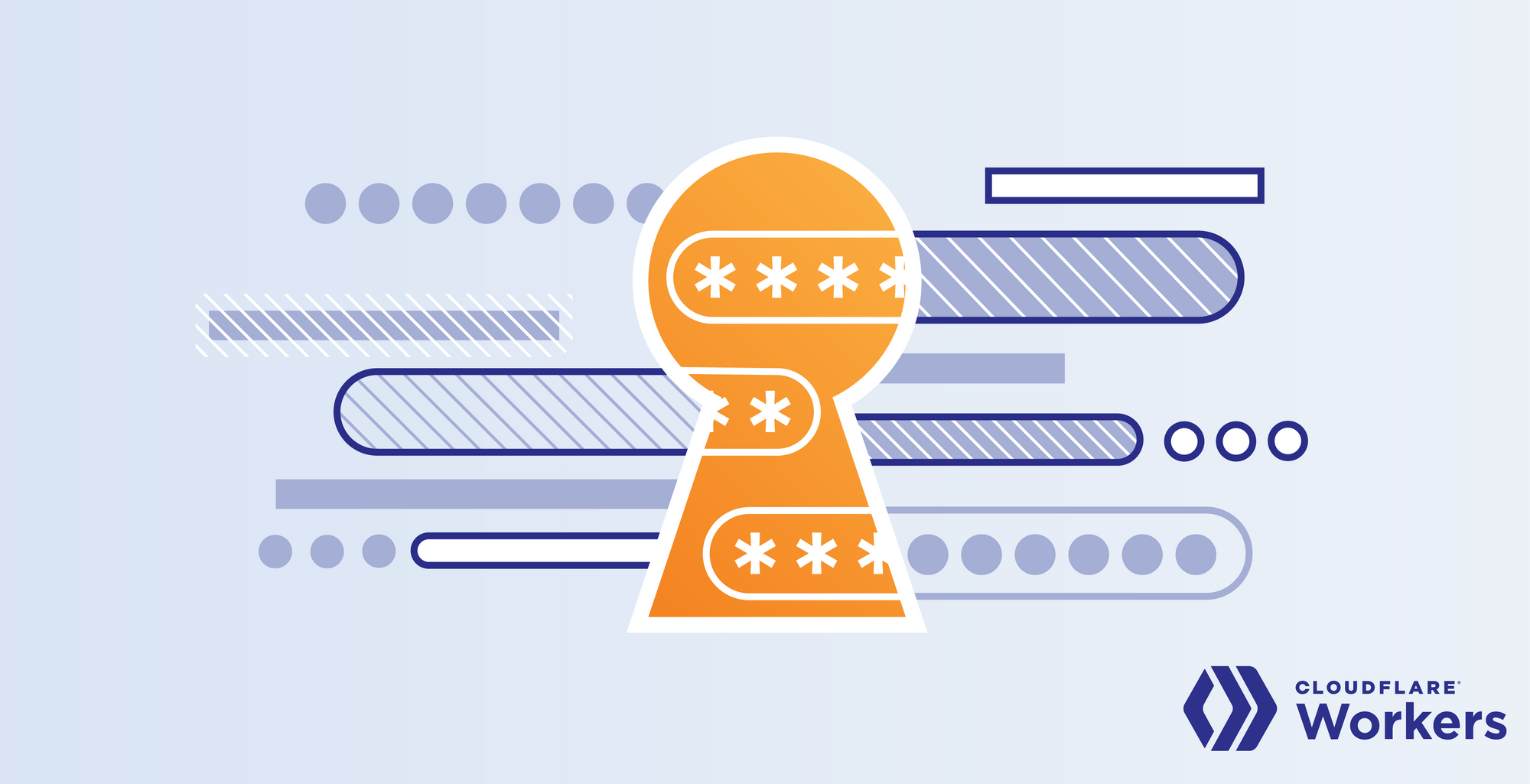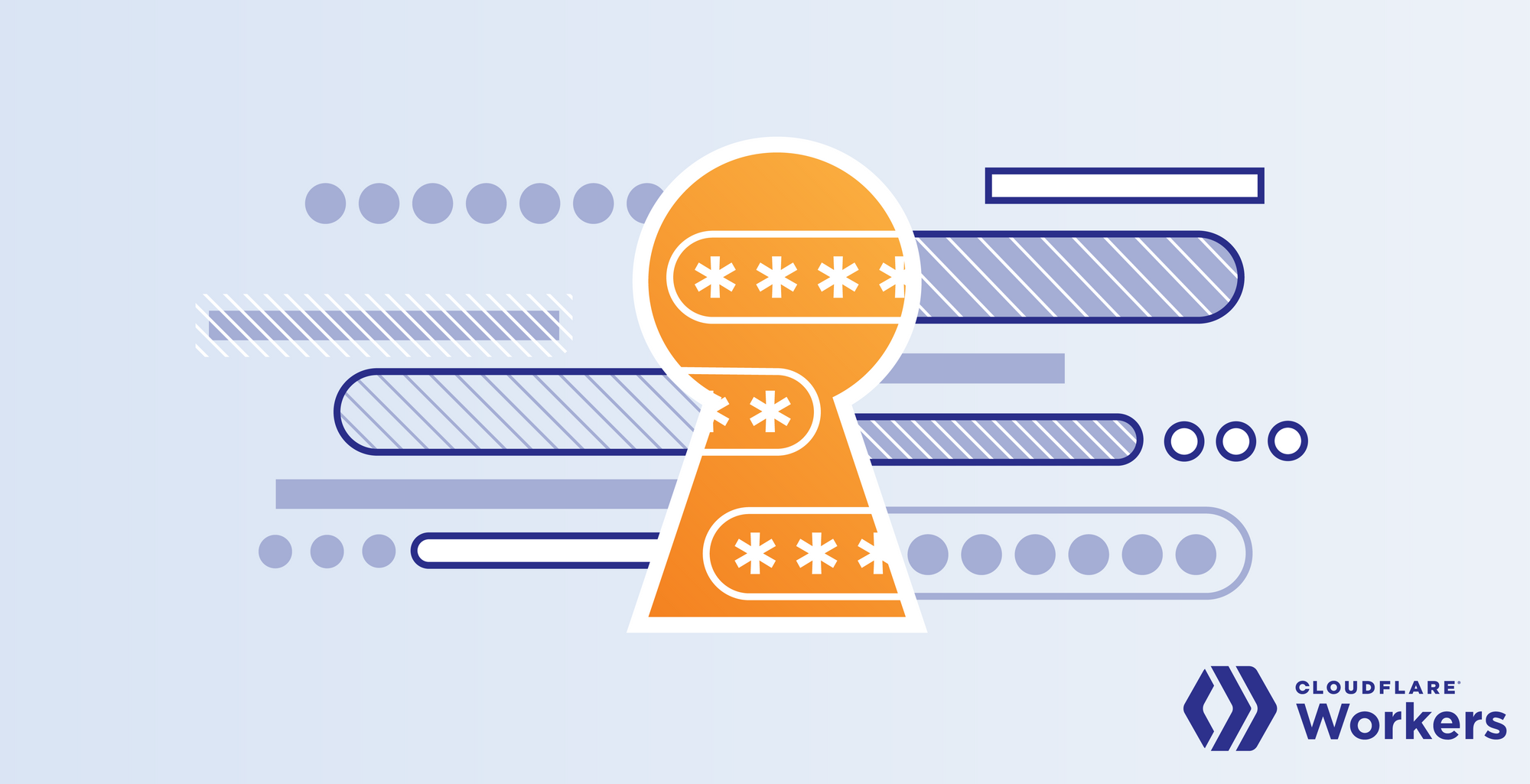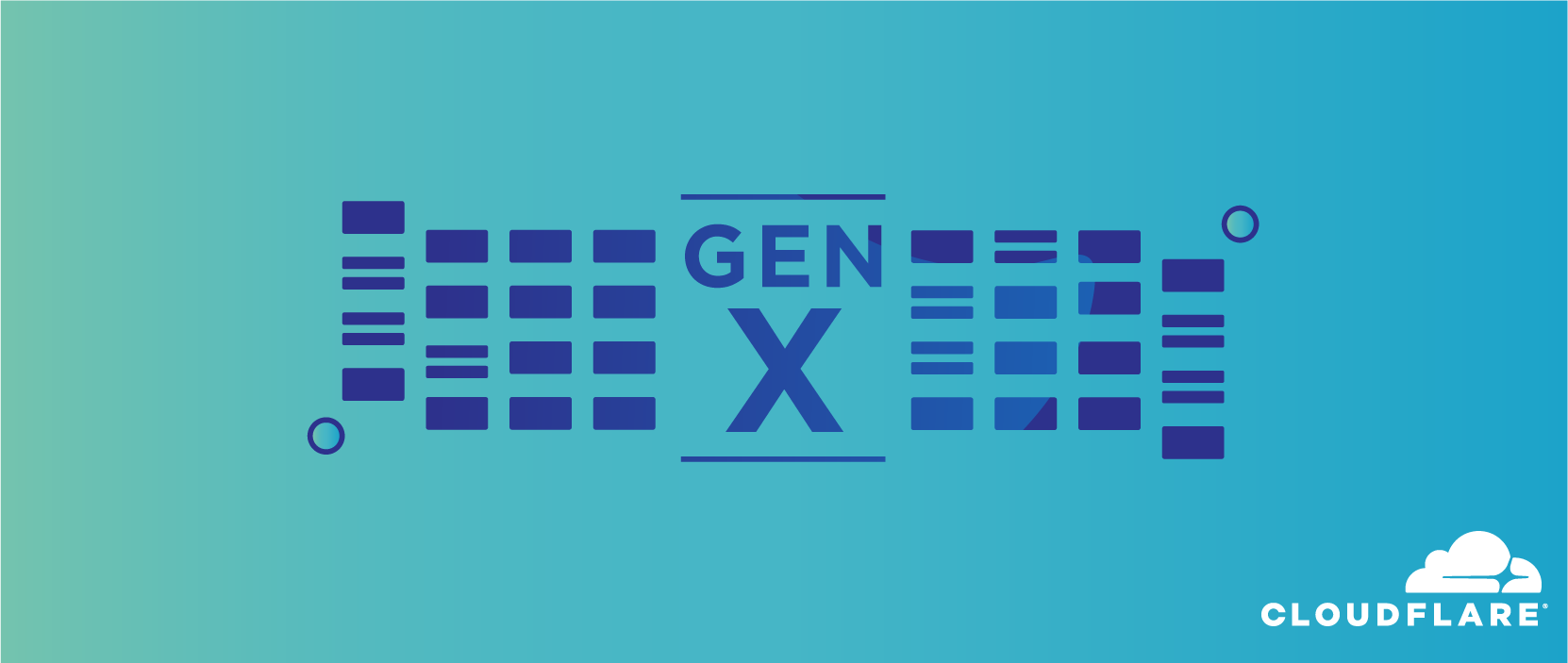Google Pledges $10B Investment in Data Centers, Offices This Year
While substantial, the investment pledge is down from the $13 billion Google invested in the space...
Genomics and Privacy Collide at RSA Conference
Informed consent of genetic data is critical, but people aren’t always clear about what they are...
TIP Launches Radio, Takes on Open Routing, Fields Tech
The Facebook-backed consortium announced a string of new initiatives including the launch of its...
Daily Roundup: Cisco SD-WAN Targets FedRAMP
Cisco SD-WAN targeted FedRAMP; Verizon warned of mobile security risks; and the Russians are coming...
Airline Exec Dishes Advice to Security Vendors at RSA
Southwest Airlines’ Carrie Mills says CISOs want less agents, fewer point products, and more...
VMware Automates Maestro, Grabs DT for vRAN
The vendor's boldly named Project Maestro is now on the market under the more strait-laced VMware...
Juniper EVPN BGP options – eBGP-only design
In another part of his never-ending EVPN/BGP saga Ivan Pepelnjak argued with Juniper fanboys once again about sanity of iBGP-over-eBGP and eBGP-over-eBGP designs and all that fun stuff. I’ve already written my opinion about that topic in my previous post and numerous comments to Ivan’s posts (TL;DR: iBGP-over-eBGP design has its advantages, just implement it wisely – don’t place RR on spine switches).
But there is one thing that worries me. In almost every one of his posts Ivan talks about some mythical Junos limitations that don’t allow Juniper to support eBGP only (over single session) design. So let’s find out what these limitaions are.
Juniper has freely available version of vQFX for Vagrant. There are a few lab topologies available on GitHub. I will be using full-2qfx-4srv-evpnvxlan topology in this post.
This topology comes with Ansible playbook that configures vQFX switches with iBGP-over-OSPF EVPN. Standard Juniper configuration, just for reference:
YAML
Yaml- YAML Ain’t markup langauge
The devices need a standard protocol to communicate between each other , similarly there is requirement of specific standard data format to communicate between application .YAML is one of the data format and is best known to be human friendly means it’s easier to understand and write for human compare to other well know data format such as JSON and XML
YAML document starts with 3 hyphen ‘—‘ at top ,it indicate beginning of YAML document .
We can have mix data types in YAML, let’s see with an yaml example
ex1_ya.yaml
---
IOS: CISCO
JNOS: JUNIPER
CISCO:
- Router
- 7600
- True
- ['interface','ip address']First and second item i.e IOS: CISCO and JNOS: JUNIPER is dictionary where ‘IOS’ and ‘JNOS’ is key and ‘CISCO’ and ‘JUNIPER’ is respective values
Third Item too is dictionary which comprises of list having different data type as below:
‘Router’ is string type.
‘7600’ is integer type
‘True’ is Boolean type
Fourth item [‘interface’,’ip address’] is list containing strings
Working with YAML using Python
The first and foremost thing to use YAML is to install PyYAML , it’s a YAML parser .
anurudh@anurudh:~/newfolder$ Continue readingAPRICOT 2020: Routing Security Takes Center Stage

More than 600 of the world’s leading Internet engineers from 60 economies gathered last week at APRICOT, and it was encouraging to see routing security take center stage in the largest meeting of the technical community in the region.
The Internet Society is a long-time partner of the annual event, also called the Asia Pacific Regional Internet Conference on Operational Technologies, and this year we held two community gatherings, spoke in several sessions, and ran a booth throughout the conference.
The ten-day meeting consisted of workshops, tutorials, conference sessions, birds-of-a-feather sessions, and peering forums from 12-21 February in Melbourne, Australia. This year marked the 25th anniversary of APRICOT, and it was good to recognize how the event has grown over time and contributed to technical capacity building in the region. It also gave me the chance to reflect on my own participation in the event over the years, including from when I was in the private sector prior to my current role.
One of the things Internet builders get together for at APRICOT is to share the technical knowledge needed to run and expand the Internet securely. So it was a great opportunity to bring attention to the Mutually Continue reading
The Russians Are Coming for Your Network
Once Russian state-sponsored groups compromise just one machine, they can move laterally to other...
Cisco SD-WAN Accelerates Toward FedRAMP Authorization
The networking giant needs FedRAMP authorization before it can begin deploying its SD-WAN offerings...
Pluribus UNUM 5.2.0 – Deeper Insights at Wire Speed and Scale
Building open, scalable, programmable and easy-to-operate data center network infrastructure is a core principle at Pluribus Networks. Engineering simplicity into...Day Two Cloud 037: NetApp – The Cloud Data Services Company (Sponsored)
In today's sponsored Day Two Cloud podcast, we talk with NetApp, the storage company that's embracing the cloud. While most people associate NetApp with storage arrays, the company has brought cloud automation principles to its portfolio to make daily operations easier, and has a panoply of products and services to manage your data on premises and in the cloud. Our guest is Nick Howell, Global Field CTO for Cloud Data Services.
The post Day Two Cloud 037: NetApp – The Cloud Data Services Company (Sponsored) appeared first on Packet Pushers.
Day Two Cloud 037: NetApp – The Cloud Data Services Company (Sponsored)
In today's sponsored Day Two Cloud podcast, we talk with NetApp, the storage company that's embracing the cloud. While most people associate NetApp with storage arrays, the company has brought cloud automation principles to its portfolio to make daily operations easier, and has a panoply of products and services to manage your data on premises and in the cloud. Our guest is Nick Howell, Global Field CTO for Cloud Data Services.Introducing Secrets and Environment Variables to Cloudflare Workers


The Workers team here at Cloudflare has been hard at work shipping a bunch of new features in the last year and we’ve seen some amazing things built with the tools we’ve provided. However, as my uncle once said, with great serverless platform growth comes great responsibility.
One of the ways we can help is by ensuring that deploying and maintaining your Workers scripts is a low risk endeavor. Rotating a set of API keys shouldn’t require risking downtime through code edits and redeployments and in some cases it may not make sense for the developer writing the script to know the actual API key value at all. To help tackle this problem, we’re releasing Secrets and Environment Variables to the Wrangler CLI and Workers Dashboard.
Supporting secrets
As we started to design support for secrets in Workers we had a sense that this was already a big concern for a lot of our users but we wanted to learn about all of the use cases to ensure we were building the right thing. We headed to the community forums, twitter, and the inbox of Louis Grace, business development representative extraordinaire, for some anecdotes about Secrets usage. We also sent Continue reading
Impact of Cache Locality


In the past, we didn't have the opportunity to evaluate as many CPUs as we do today. The hardware ecosystem was simple – Intel had consistently delivered industry leading processors. Other vendors could not compete with them on both performance and cost. Recently it all changed: AMD has been challenging the status quo with their 2nd Gen EPYC processors.
This is not the first time that Intel has been challenged; previously there was Qualcomm, and we worked with AMD and considered their 1st Gen EPYC processors and based on the original Zen architecture, but ultimately, Intel prevailed. AMD did not give up and unveiled their 2nd Gen EPYC processors codenamed Rome based on the latest Zen 2 architecture.
Playing with some new fun kit. #epyc pic.twitter.com/1No8Cmfzwl
— Matthew Prince ? (@eastdakota) November 8, 2019
This made many improvements over its predecessors. Improvements include a die shrink from 14nm to 7nm, a doubling of the top end core count from 32 to 64, and a larger L3 cache size. Let’s emphasize again on the size of that L3 cache, which is 32 MiB L3 cache per Core Complex Die (CCD).
This time around, we have taken steps to Continue reading
The Myth of Scaling From On-Premises Data Center into a Public Cloud
Every now and then someone tries to justify the “wisdom” of migrating VMs from on-premises data center into a public cloud (without renumbering them) with the idea of “scaling out into the public cloud” aka “cloud bursting”. My usual response: this is another vendor marketing myth that works only in PowerPoint.
To be honest, that statement is too harsh. You can easily scale your application into a public cloud assuming that:
Read more ...The Myth of Scaling From On-Premises Data Center into a Public Cloud
Every now and then someone tries to justify the “wisdom” of migrating VMs from on-premises data center into a public cloud (without renumbering them) with the idea of “scaling out into the public cloud” aka “cloud bursting”. My usual response: this is another vendor marketing myth that works only in PowerPoint.
To be honest, that statement is too harsh. You can easily scale your application into a public cloud assuming that: